Five Simple Mindfulness Skills That Work
Posted on March 15, 2012 by Debra Burdick
Mindfulness meditation consists of skills and methods to unplug from the busy world around you and from the busy ‘monkey brain’ so often experienced in today’s life and particularly in ADHD, anxiety and depression. According to Jon Kabat-Zinn, mindfulness meditation trains and reinforces the ability to pay attention to the present moment, on purpose which helps to increase concentration, decrease anxiety, improve sleep, improve mood, decrease the stress response, and improve physical and emotional health. The studies are compelling about the health benefits of mindfulness meditation. In fact, studies show that mindfulness meditation actually changes the brain in positive ways. The cortex of the brain is thicker in certain areas of the brain in those who practice mindfulness meditation. And brainwave patterns are changed in healthy ways as well.
Many people think that mindfulness meditation consists solely of sitting still and thinking about nothing for twenty or thirty minutes and are put off by the thought. In fact, mindfulness meditation can be done in a variety of ways including for brief periods of time as short as a minute or so.
1) A basic mindfulness exercise consists of three simple steps. First, bring your attention to ‘something in particular’ such as your breath. Secondly, notice when a distraction occurs (perhaps just a thought), acknowledge it and then let go of the distraction or dismiss the thought. Say to yourself ‘Not now’. And thirdly, bring your attention back to the “attentional anchor” you chose such as your breathe. Do this sequence over and over during the course of the meditation practice.
 2) Start small with an awareness of breath exercise. Try sitting quietly with eyes closed and pay attention to your breath. Notice how your nose, throat and lungs feel each time you inhale and then as you exhale. Any time you realize you are not paying attention to your breath, just bring your attention back to your breath. Do this for thirty seconds to one minute until you feel comfortable doing it. Then go up to five minutes daily for a week. Then increase the time to ten minutes daily for a week.
2) Start small with an awareness of breath exercise. Try sitting quietly with eyes closed and pay attention to your breath. Notice how your nose, throat and lungs feel each time you inhale and then as you exhale. Any time you realize you are not paying attention to your breath, just bring your attention back to your breath. Do this for thirty seconds to one minute until you feel comfortable doing it. Then go up to five minutes daily for a week. Then increase the time to ten minutes daily for a week.
3) A fun mindfulness exercise involves counting each exhale. When you have counted four exhales, count that as one set and start over at one. Repeat this and see how many sets of four exhales you can do before your realize you are not counting exhales any more. Children as young as four have done this with me. It is so easy you can try it while you are driving. After all, most of us do breathe while we drive. Compete with your partner to see who can keep counting sets of exhales the longest. If you get to ten sets you are doing well.
4) Another mindfulness practice involves ‘present moment awareness’. Often our minds are busy thinking about something that happened yesterday, or worrying about something that hasn’t happened yet, and we miss what is happening right in front of us in the present moment. How often have you driven your car someplace and realized you have no memory of going past certain landmarks. You were driving subconsciously.
A ‘present moment awareness’ exercise might look like this. While you go outside for a walk notice what’s around you. Pay attention to the beauty of the natural world. Notice the color of the trees, the birds, the flowers, or perhaps the snow. What does the sky look like? Are there clouds? Smell the air. Is the temperature cool, warm, hot, humid, or dry? How does the ground feel against the bottoms of your shoes? Are there houses, fields, lawns, traffic, people, children playing, or stores? How does it feel to take each step? Are you walking slowly or quickly? How does your body feel? Are you breathing heavy or shallow?
Another ‘present moment awareness’ example is to pay attention to eating while you eat. This is simple, but how many of us actually focus on the process of eating. We are usually talking, working, or thinking about something else.
This process of mindfulness can be applied to most activities in daily living. Use it when you drive, eat, shower, exercise, do chores, work and even when you get into bed at night. In doing so you will gradually be training yourself to focus and regulate your thoughts and mood better.
5) Listening to a guided imagery CD or a progressive relaxation CD can be a great way to get the benefits of ‘meditation’ while someone guides you to pay attention along the way. This can be a great place to start if you worry that you cannot get control of your busy mind enough to focus on your breath.
 I created a ‘Meditation for Concentration’ CD for children containing vignettes that each last about a minute and a half. This CD guides the child to use their imagination and pretend they are in a variety of settings such as the classroom, a restaurant, playing ball, flying a spaceship, etc. It guides them to pay attention and be in the present moment in their imagination. Some of the children who listened to it in my office actually started to learn it by heart! One who was ‘too cool’ to listen was quick to make a comment when I stuttered which gave it away that he was actually listening. This is just one example of a fun way to train concentration through guided ‘meditation’.
I created a ‘Meditation for Concentration’ CD for children containing vignettes that each last about a minute and a half. This CD guides the child to use their imagination and pretend they are in a variety of settings such as the classroom, a restaurant, playing ball, flying a spaceship, etc. It guides them to pay attention and be in the present moment in their imagination. Some of the children who listened to it in my office actually started to learn it by heart! One who was ‘too cool’ to listen was quick to make a comment when I stuttered which gave it away that he was actually listening. This is just one example of a fun way to train concentration through guided ‘meditation’.
Use these five skills to get started with mindfulness meditation. You might also join a local meditation group which can be very helpful in learning new techniques and motivating you to practice.
I would love to hear your personal experiences with this topic.
Categories: ADHD, Anxiety, Articles, Depression, Mindfulness, Sleep

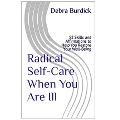

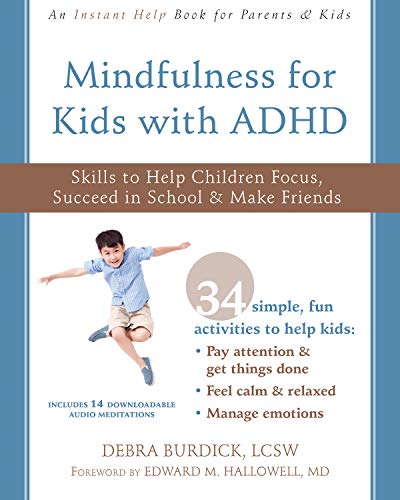
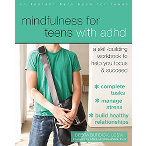
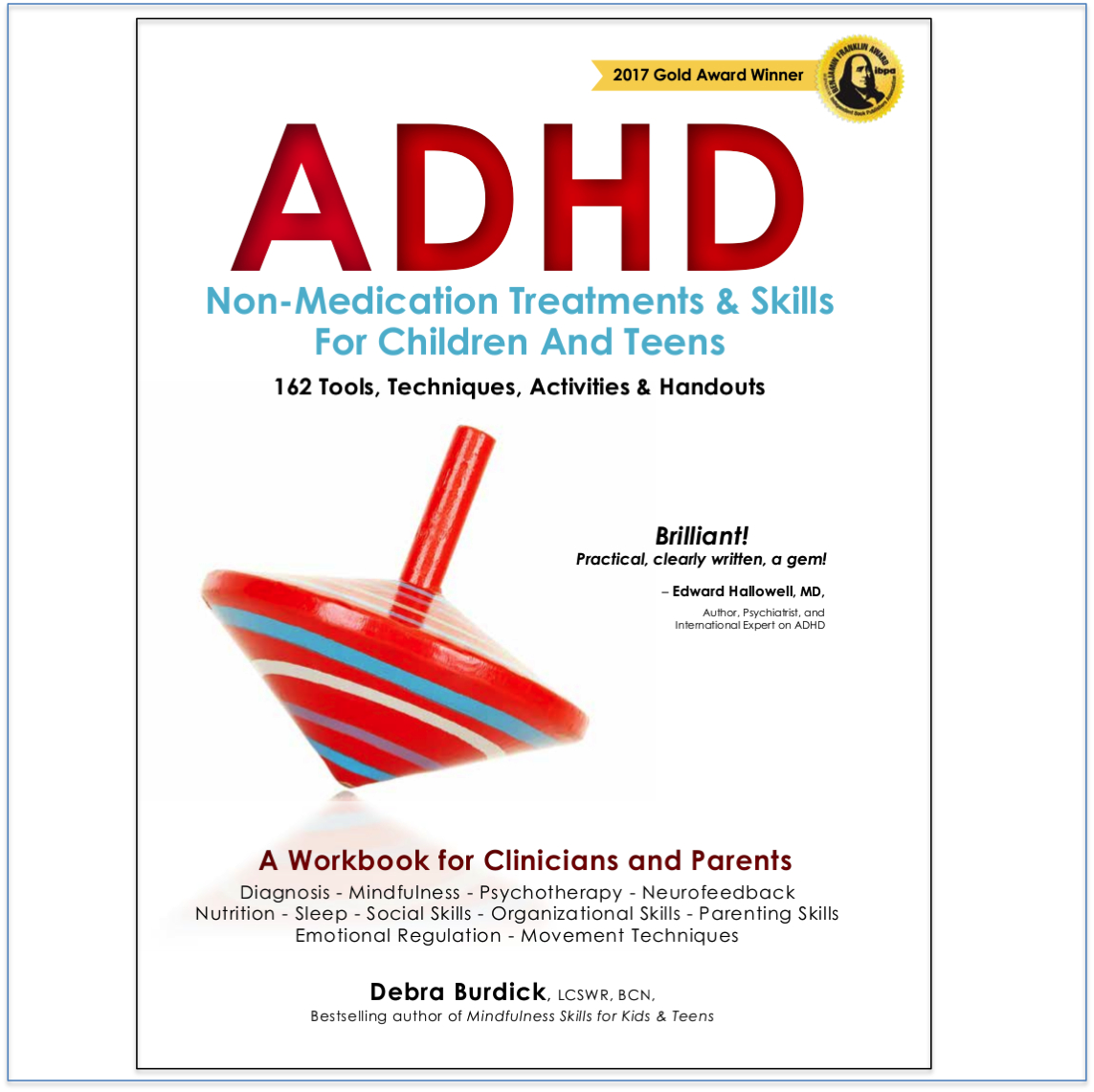
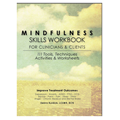
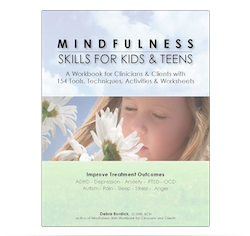
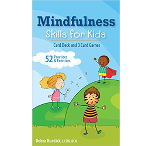
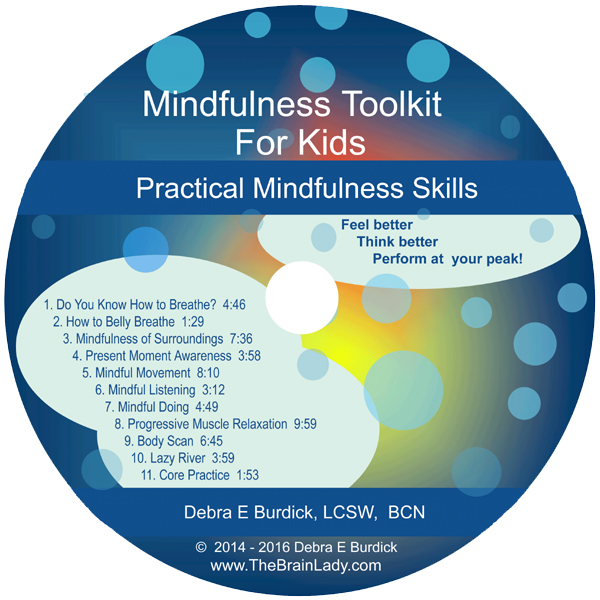
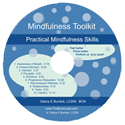
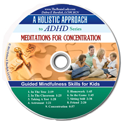
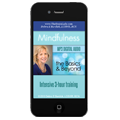
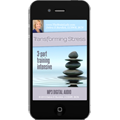
2 comments
Very informative write up.I love it and practice it.
Thanks, Blessy. I’m glad you enjoyed it and that you practice this in your life.
Warmly,
Deb
The comments are closed.